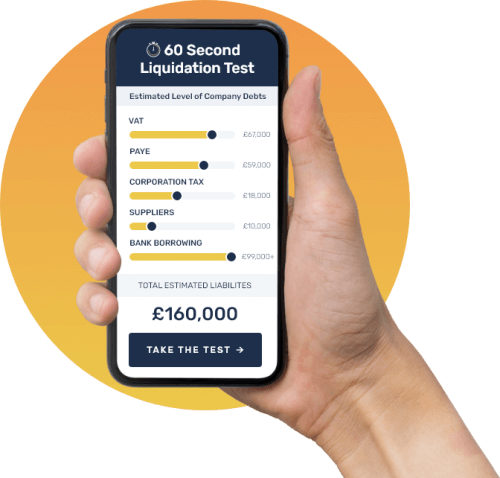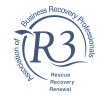While liquidation is often associated with insolvent companies, there are in fact many reasons why you may be considering closing your profitable company using such a process.
Perhaps you are approaching retirement and there is no one suitable to pass the business on to, maybe you are moving on to a new venture, or the market may have simply moved on rendering your company surplus to requirements. Regardless of the reasons for bringing an end to your solvent company, a formal liquidation process known as a Members’ Voluntary Liquidation – or MVL could be the most beneficial way for you to achieve this.
MVLs are changing in April
Did you know that MVLs are changing? From April 2025, the rate of tax payable on funds extracted from a company following an MVL are increasing. Disposals that qualify for Business Asset Disposal Relief (BADR) are currently taxed at 10%. This will increase to 14% in April 2025. There is still time to get your MVL started before this deadline. To take advantage of the 10% rate of BADR, give a member of our team a call on 0808 253 5556, or email advice@ukliquidators.org.uk
An MVL allows for all proceeds tied up in a company to be extracted and distributed to shareholders in a tax-efficient manner. With an MVL, funds are paid out via capital distribution, meaning that distributions are taxed as capital gains rather than income.
In many cases shareholders will be able to take advantage of Business Asset Disposal Relief, which reduces the tax liability further, down to just 10%. Business Asset Disposal Relief has a lifetime limit of £1m per person and is available to those disposing of the shares of a trading or holding company or group which they have held at least 5% of the voting rights for at least two years.
Business Asset Disposal Relief is changing. From April 2025 the rate will increase to 14%, going up again to 18% in April 2026.
Director Redundancy Entitlement – Did you know that as a limited company director, you may be entitled to claim redundancy if your company enters into an insolvent liquidation process? We can point you towards a fully regulated third party who can provide advice on your right to claim director redundancy if this is applicable to your situation. To understand if you are entitled, give a member of our team a call on 0800 063 9262, or email advice@ukliquidators.org.uk.
Liquidation Portal
For Company Directors



The MVL process is particularly suited to companies with in excess of £25,000 worth of cash and assets to distribute. This is an alternative to striking off the company using a DS01 form which would see all profits classed as income and taxed accordingly. MVLs are only suitable for solvent companies. A company’s solvency will be tested using the following metrics:
Start your online liquidation today
If you have decided liquidation is the right option for your limited company, you can take the first step and begin the process online using our online portal. Starting the process is quick, simple, and can be done at a time that suits you. Your information will be submitted to your local UK Liquidators insolvency practitioner who will be with you every step of the way. Click here to start your company’s liquidation online.
Shareholders will need to sign a sworn Declaration of Solvency as part of the MVL process to testify to the company’s solvent nature.
Take our 60 second test and find out



As a formal liquidation process, an MVL can only be entered into under the guidance of a licensed insolvency practitioner who will assume the role of liquidator. An MVL works in much of the same way as an insolvent liquidation, with the liquidator responsible for realising the company’s assets, settling any ongoing disputes, before distributing the proceeds.
They key difference is that with an insolvent liquidation, the proceeds would be paid to outstanding creditors, while in an MVL, the proceeds are distributed amongst the company’s shareholders. Following clearance from HMRC, the company will then be dissolved and its name removed from the register held at Companies House.
At UK Liquidators, our service is fully partner-led and your case will always be overseen by a fully licensed insolvency practitioner.
If you are considering liquidation for your company, taking expert advice at an early stage is crucial. At UK Liquidators, our team of licensed insolvency practitioners are committed to providing limited company directors with the help and advice they need to make an informed decision.




Looking for immediate support?
Complete the below to get in touch